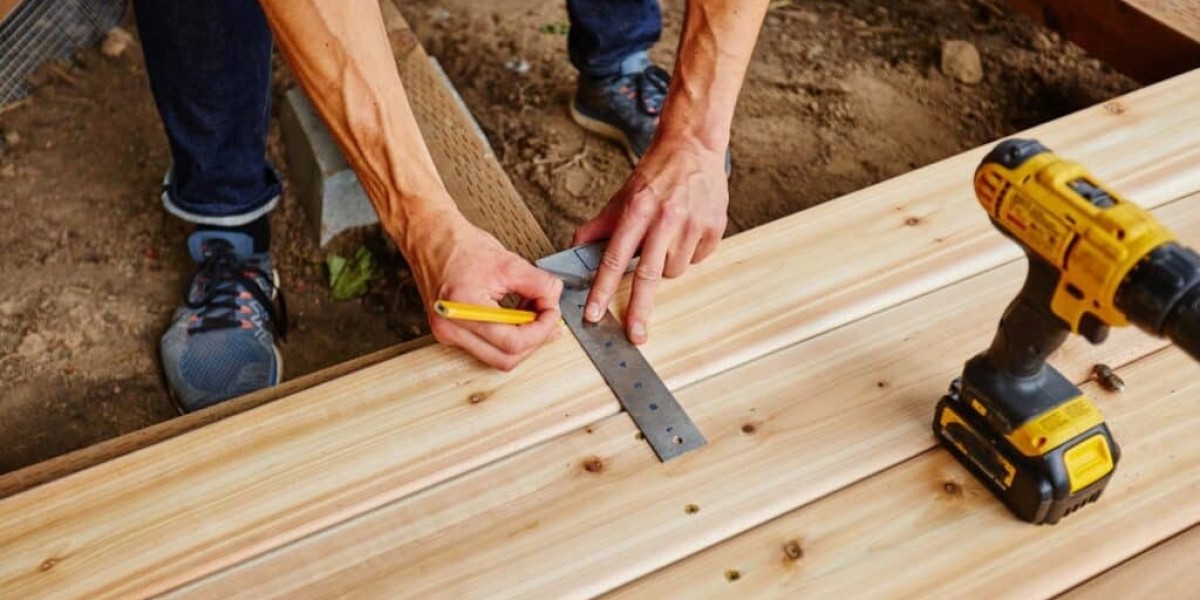Decks are valuable assets for any home, providing a space for relaxation, entertainment, and enjoying the outdoors. However, over time, decks can suffer from wear and tear, weather damage, and other issues that necessitate repair. Understanding how to manage deck repair effectively can help homeowners maintain the safety and aesthetic appeal of their decks. This guide will walk you through essential steps and considerations for deck repair, helping you make informed decisions and ensure the longevity of your outdoor space.
Understanding Common Deck Problems
1. Structural Damage
Structural damage is one of the most serious issues a deck can face. This includes problems like rotting wood, weakened support beams, and unstable posts. Structural issues can compromise the safety of your deck and lead to more extensive repairs if not addressed promptly.
2. Surface Damage
Deck surfaces can become worn or damaged due to exposure to the elements. Common surface issues include splintered wood, cracked or warped boards, and faded or peeling paint. These problems not only affect the appearance of your deck but can also create safety hazards.
3. Insect Infestation
Insects such as termites and carpenter ants can cause significant damage to wooden decks. They can weaken the structure and lead to extensive repairs if the infestation is not managed quickly.
4. Mold and Mildew
Mold and mildew can grow on decks, particularly in shaded or damp areas. This can cause the wood to deteriorate and pose health risks to those using the deck. Regular cleaning and maintenance can help prevent these issues.
Steps to Repair Your Deck
1. Inspect the Deck Thoroughly
Before starting any repairs, conduct a thorough inspection of your deck. Look for signs of damage, including rotting wood, loose boards, and signs of insect infestation. Pay special attention to the structural components such as support beams and posts. A detailed inspection will help you identify all the issues that need addressing.
2. Plan the Repairs
Once you've identified the problems, create a plan for the repairs. Determine which areas need immediate attention and which can be addressed later. Consider the materials you will need and the tools required for the job. Planning ahead ensures that you can tackle the repairs efficiently and effectively.
3. Address Structural Issues First
Structural repairs should be your top priority. Replace any rotting or damaged wood, and ensure that support beams and posts are secure. Reinforce any weakened areas to restore the deck’s stability. If the structural damage is extensive, it may be wise to consult a professional deck repair contractor to ensure that the repairs are done correctly.
4. Repair or Replace Deck Boards
For surface damage, you may need to repair or replace individual deck boards. Remove any damaged boards and replace them with new ones. If the boards are not severely damaged, sanding and refinishing may be sufficient to restore their appearance. Ensure that the new boards are securely fastened and aligned with the existing deck.
5. Treat and Seal the Deck
After repairing the surface, treat the deck with a wood preservative to protect against future damage. Apply a sealant to waterproof the deck and prevent mold, mildew, and insect infestations. Choose a high-quality sealant appropriate for your deck’s material and climate conditions.
6. Clean Regularly
Regular cleaning is essential for maintaining your deck. Sweep away debris, wash the surface with a deck cleaner, and remove any mold or mildew. Keeping your deck clean helps prolong its lifespan and prevents future damage.
When to Call a Professional
While some deck repairs can be handled by homeowners, certain situations require professional expertise. If you encounter significant structural damage, extensive insect infestations, or if you’re unsure about the extent of the damage, it’s best to call a professional deck repair contractor. Professionals have the experience and tools needed to handle complex repairs and ensure that your deck is safe and durable.
Frequently Asked Questions (FAQs)
Q1: How often should I inspect my deck for damage?
A1: It’s a good idea to inspect your deck at least once a year, preferably in the spring or fall. Regular inspections help identify issues early and prevent more serious problems from developing.
Q2: Can I repair a deck myself, or should I hire a professional?
A2: Many minor repairs can be handled by homeowners with basic tools and skills. However, for significant structural issues or complex repairs, it’s advisable to hire a professional deck repair contractor to ensure the job is done correctly and safely.
Q3: How can I prevent future damage to my deck?
A3: Regular maintenance is key to preventing future damage. This includes cleaning the deck regularly, treating it with a wood preservative, sealing it to protect against moisture, and inspecting it for signs of wear or damage.
Q4: What are the best materials for deck repair?
A4: The best materials for deck repair depend on your deck’s existing materials. For wooden decks, high-quality wood boards and deck sealants are ideal. For composite or vinyl decks, use materials and sealants compatible with those materials. Always choose materials that are durable and suitable for your climate.
Q5: How long does a deck repair typically take?
A5: The duration of a deck repair depends on the extent of the damage and the complexity of the repairs. Minor repairs may take a few hours to a day, while major repairs could take several days. A professional contractor can provide a more accurate estimate based on the specifics of your project.
Conclusion
Proper deck maintenance and repair are essential for keeping your outdoor space safe and enjoyable. By understanding common deck issues, following a structured repair process, and knowing when to seek professional help, you can ensure that your deck remains in excellent condition. For expert deck repair services in Oregon City, OR, contact Oregon City Decks at 503-683-8500










